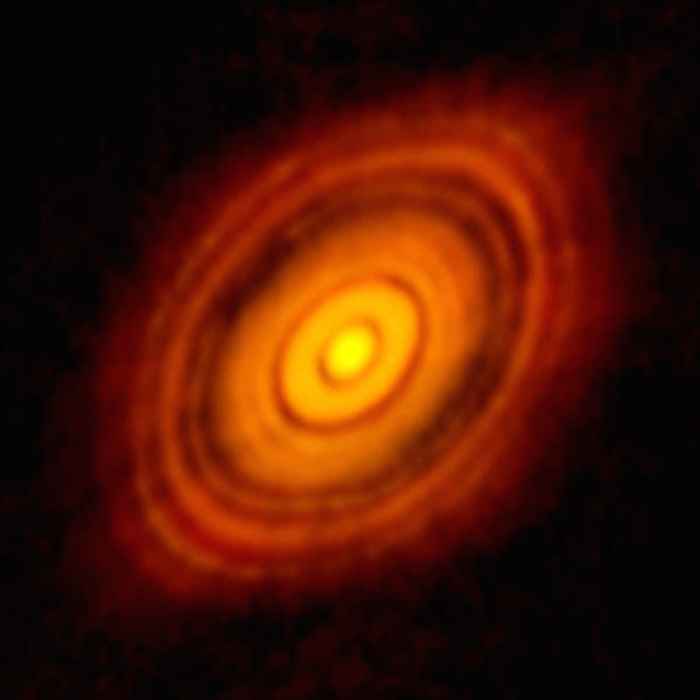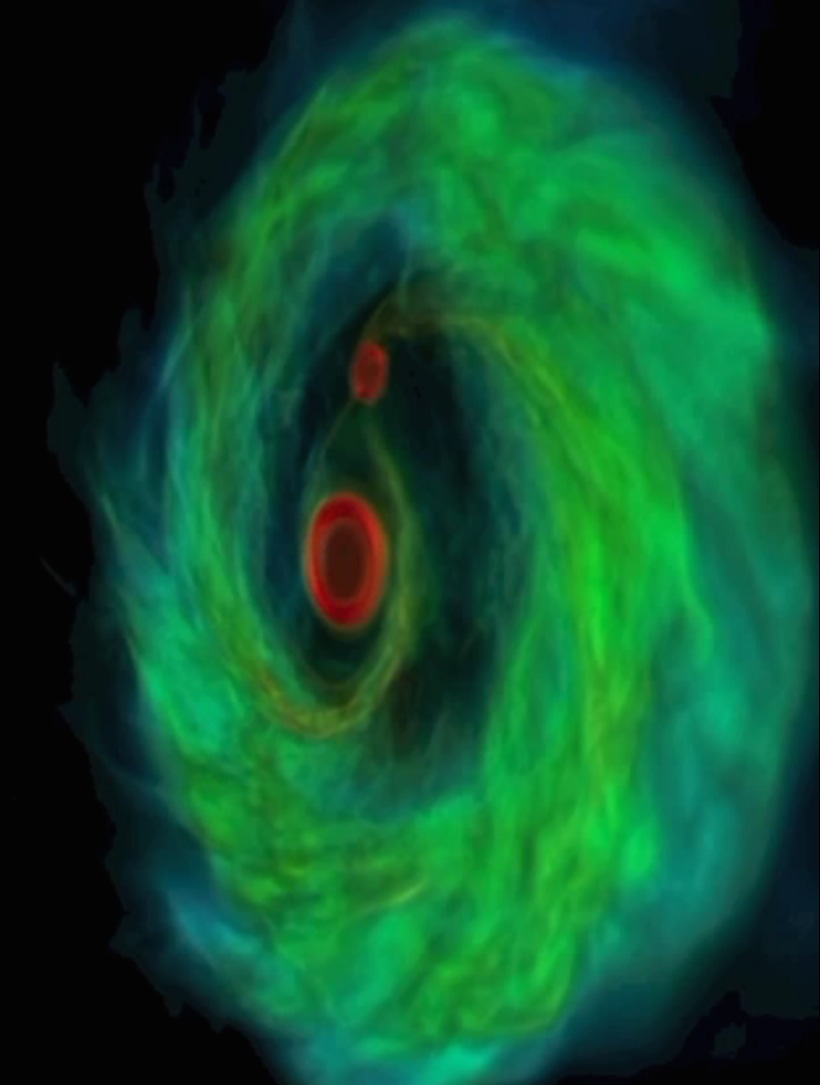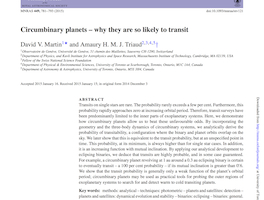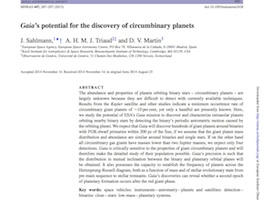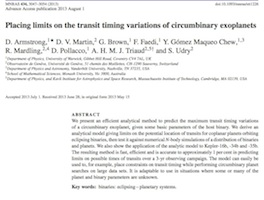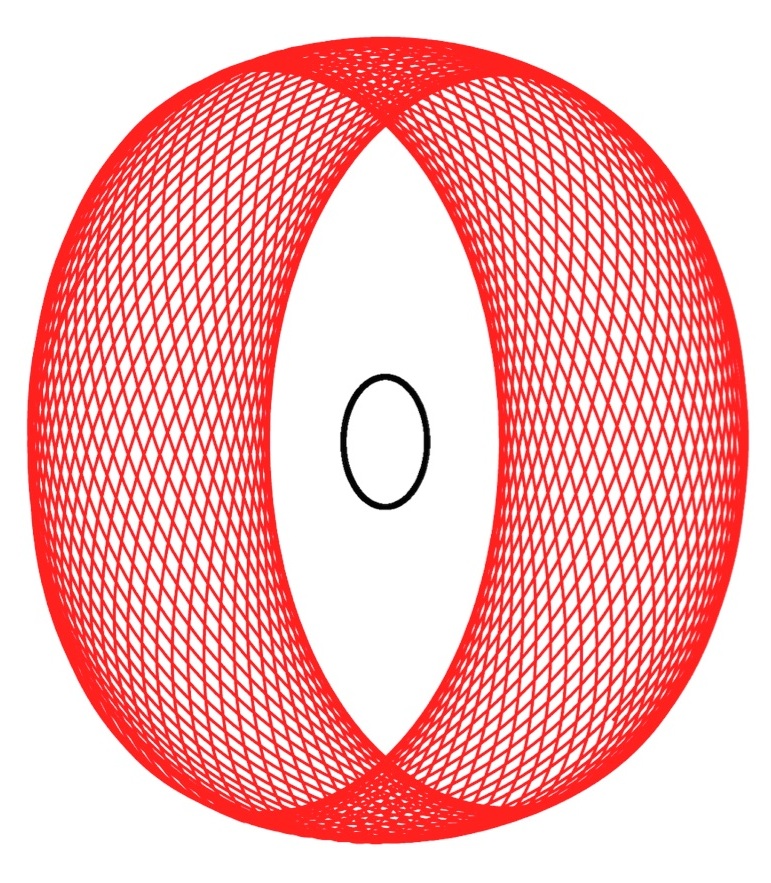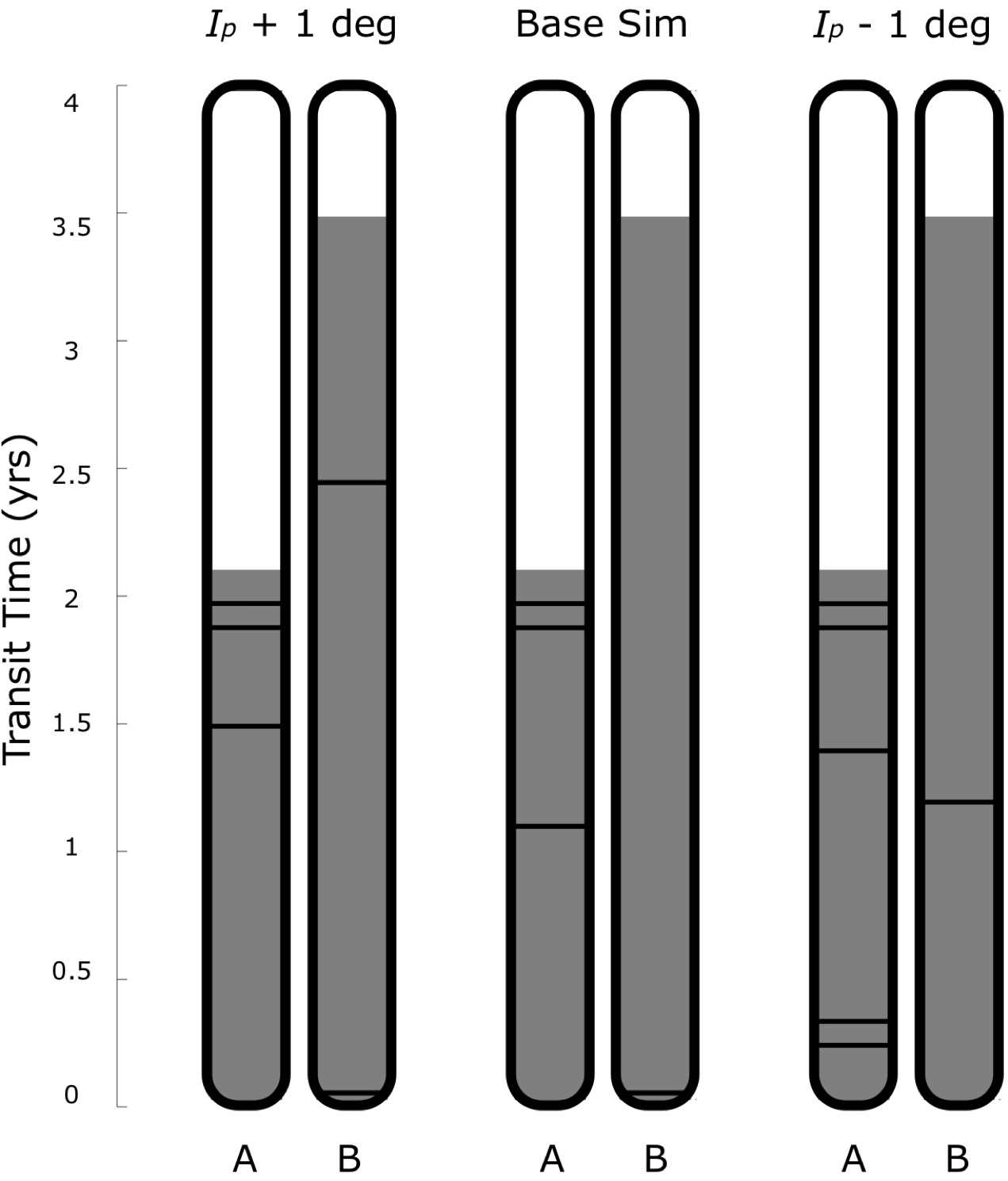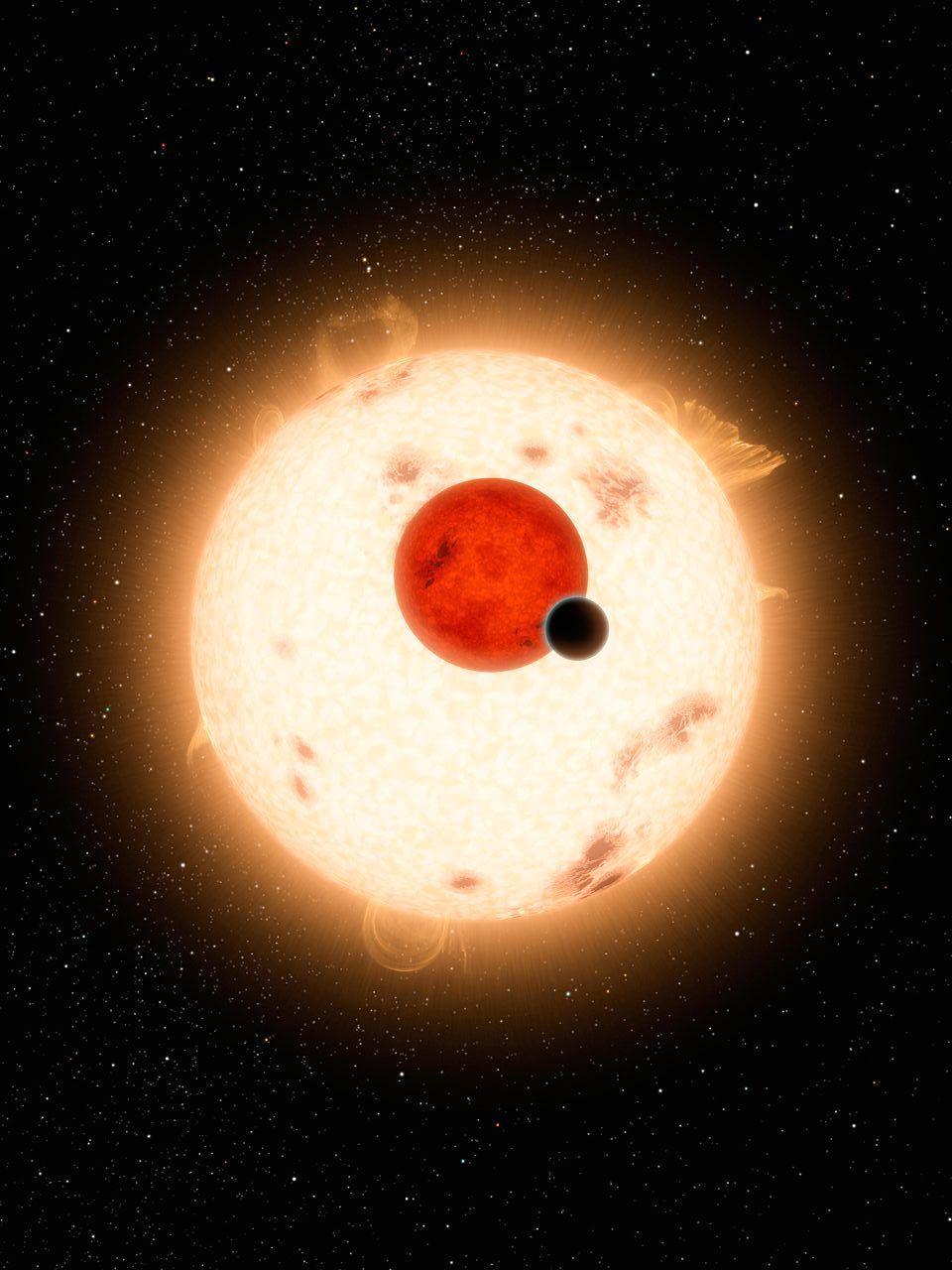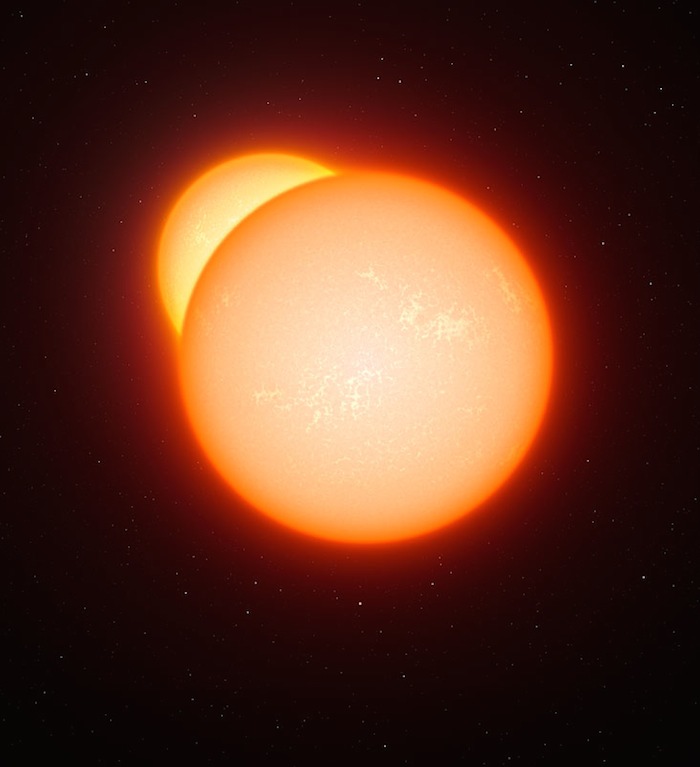
Binary stars
as tools
Binary stars are frequently used in Astrophysics. It is one of very few ways to control some variables. Both components were born around the same time, from the same gas cloud. The masses and radii of single stars cannot be directly measured. Eclipsing binaries allow this. They can also be used to measured distances, even to nearby galaxies.
